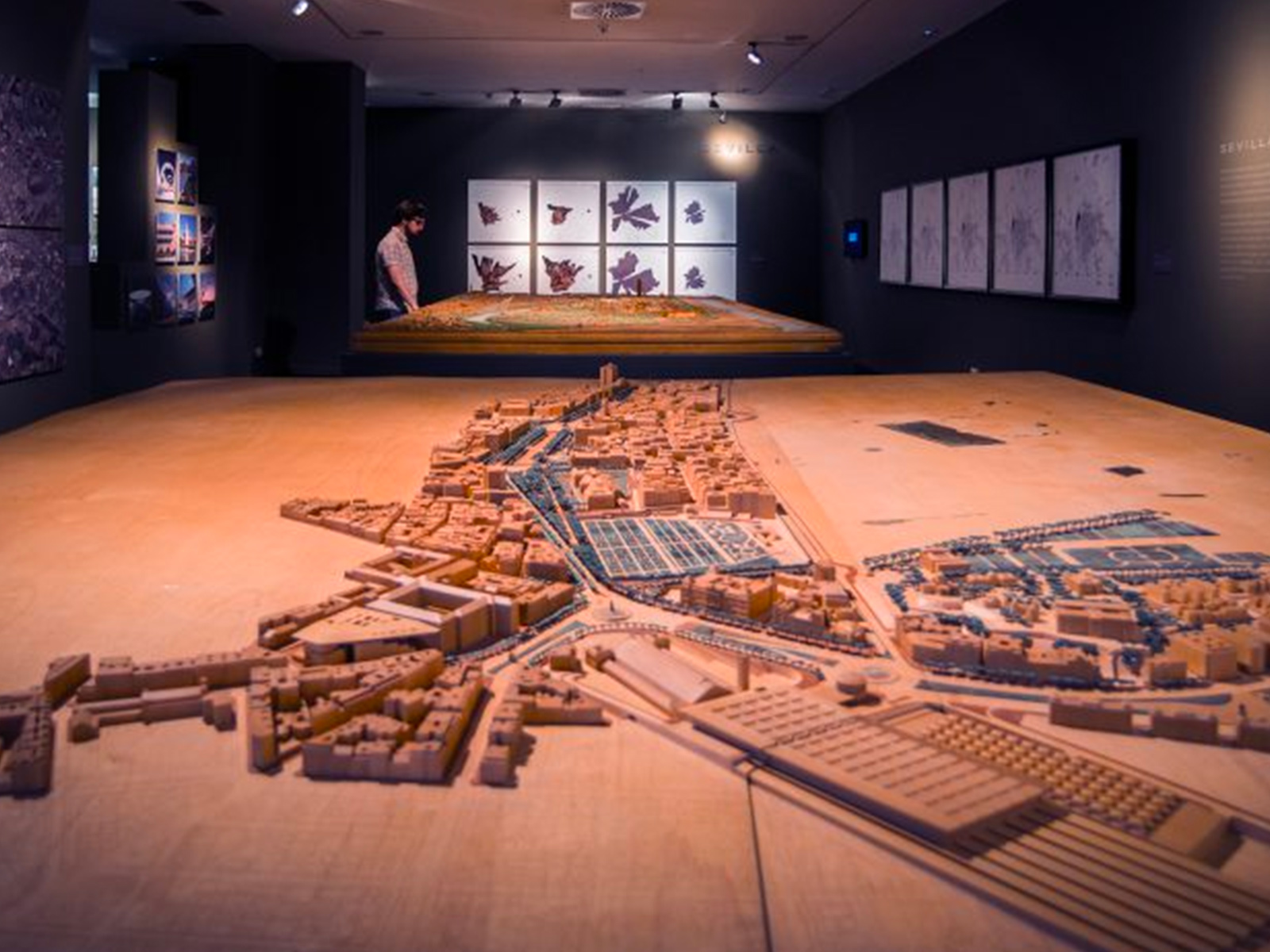
Project Completed
Reference: Art. 83 LOU
2011-2014Archaeology of recent memory: city and territory in Spain, 1986-2012
Research Contract
Centro de Estudios Históricos de Obras Públicas y Urbanismo, CEHOPU-CEDEX
Círculo de Bellas Artes
Círculo de Bellas Artes